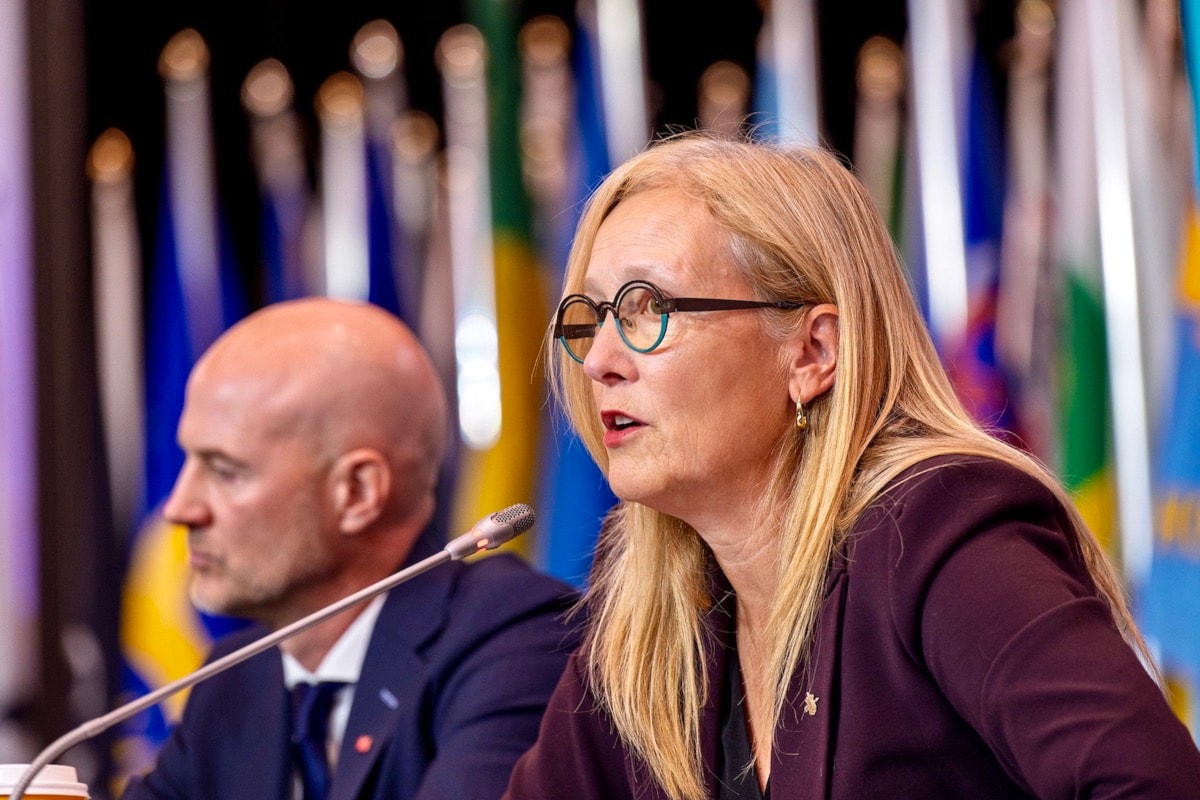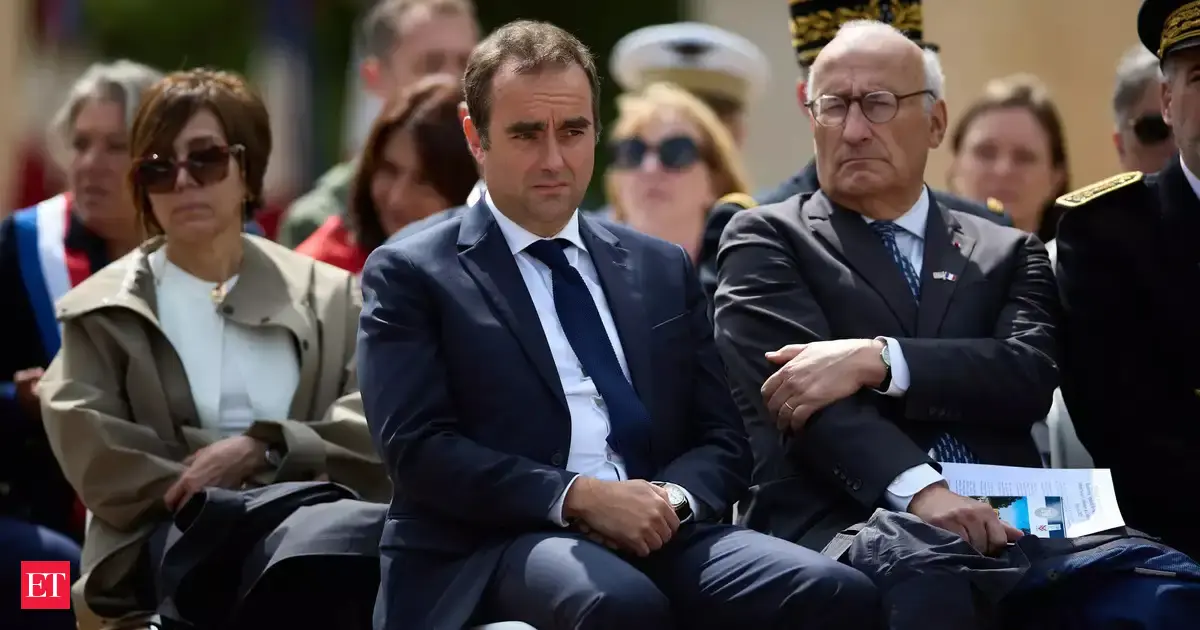
Finance Minister Brenda Bailey told an annual gathering of local government representatives that it is not the deficit the people of B.C. need to worry about — it’s the rapidly increasing provincial debt.
“It’s not our ratios right now that we’re worried about; it’s the future debt,” she said.”It’s the accumulation that we see happening, that’s the threat.”
B.C. is projected to run a deficit of almost $11.6 billion this year, out of a total budget of roughly $95 billion. But the provincial debt is projected to rise to more than $155 billion this year, then $185 billion next year and $212 billion in the 2027/28 fiscal year.
Bailey appeared on a panel at the Union of B.C. Municipalities’ annual meeting in Victoria on Tuesday (Sept. 23) alongside business leaders to discuss this spiralling situation.
The group included David Williams, president of the B.C. Business Council, Tamara Vrooman, CEO of Vancouver International Airport, and Warren Lovely, managing director of economics and strategy for the National Bank of Canada.
While each of the panellists agreed the looming debt problem presents an emerging crisis, their outlooks varied widely from there.
On one side was Lovely, who came with an optimistic outlook, despite U.S. tariffs taking a hit on the Canadian economy.
“It’s not unprecedented in relative terms,” Lovely said of the provincial deficit.
He pointed out that the province has recovered from this level of deficit before. “A deficit of this size, about 15 per cent of the GDP, in the past, has taken three years, as quick as five years, to get out.”
On the other side was Williams, whose outspoken criticism of the government’s handling of the economy is well known. He painted a picture of a province in a crisis of its own making, with private sector job growth anemic and workers fleeing.
“It took us 12 years to double provincial debt from 2010 to 2022, and we’re gonna double it again in four years,” Williams said. “The pace at which we are spending and then borrowing is really quite breathtaking.”
Williams argues the provincial government does not have a plan to get out of this.
“Maybe it takes five years, maybe it takes 10 years, but we haven’t even committed to a path yet,” he said.
Bailey defended the government’s spending plans, arguing that there are “two kinds of deficits,” a financial, budgetary type, and a deficit of infrastructure, such as hospitals and schools.
“To take [on] debt in order to build those types of assets, I think, is legitimate and appropriate,” she said.
She explained the province is trying to limit spending, with a commitment to shave off $1.5 billion through efficiencies and hiring freezes, but acknowledges it will not be enough.
“That’s really a placeholder number,” she said. “It’s not enough to start bending the curve towards balance.”
While curbing the deficit is the only way to start “bending the curve,” the size of the province’s debt is not helping. Debt costs money to hold, and once it gets too large, the servicing costs themselves can start to have a major impact.
“What you don’t want to have happen is debt servicing costs consume all the oxygen in the budgetary room,” Lovely said.
Bailey agreed, saying this is the “bottom line” for the province.
“If our debt management becomes a bigger chunk of the pie, it’s less money to spend on things like hospitals and infrastructure and municipalities and those things that matter deeply to us,” she said.



